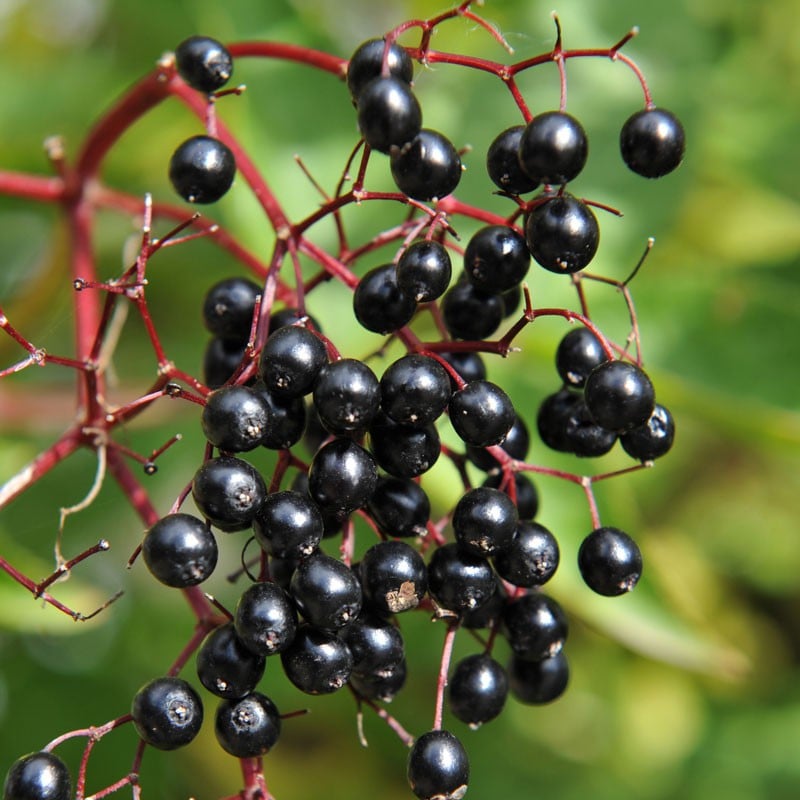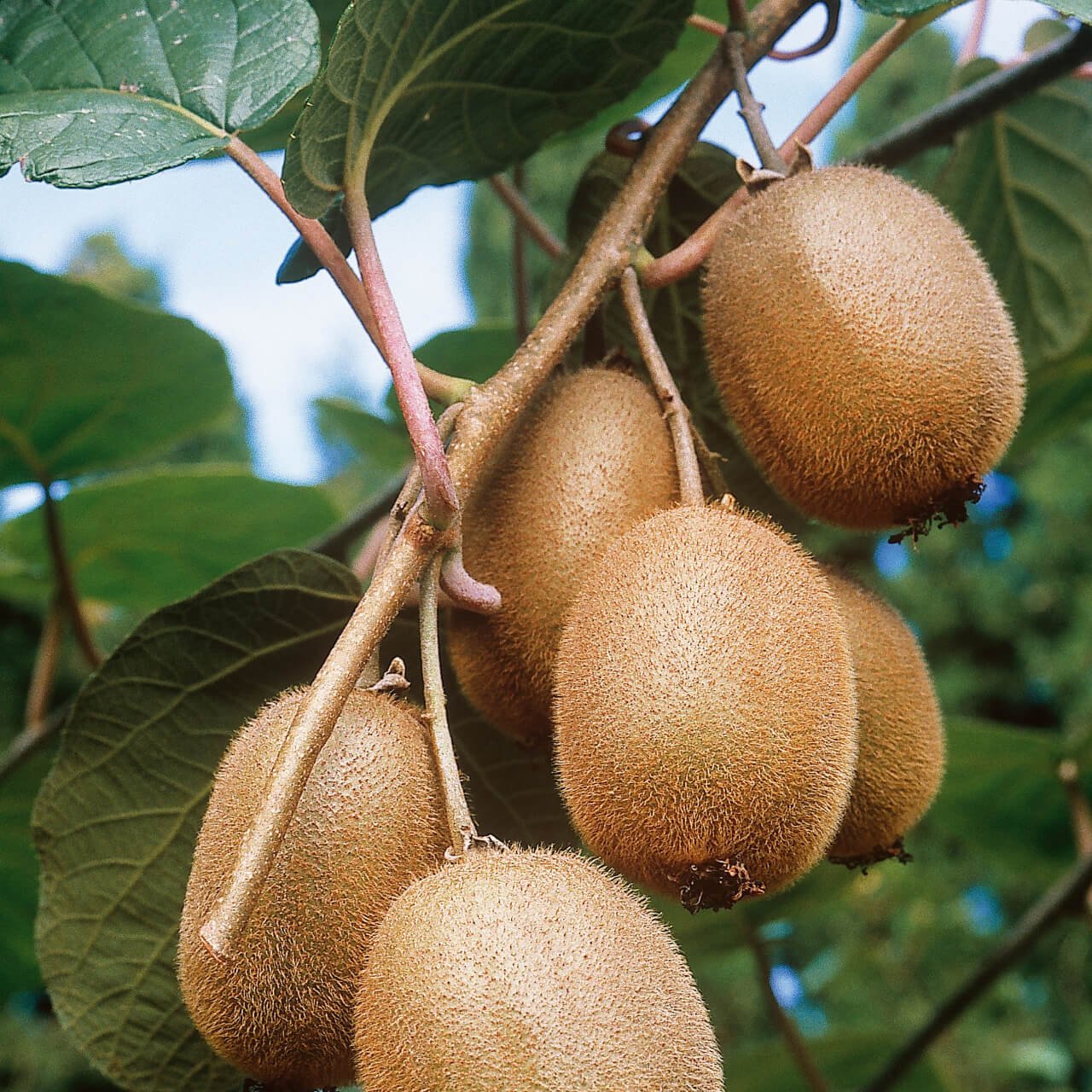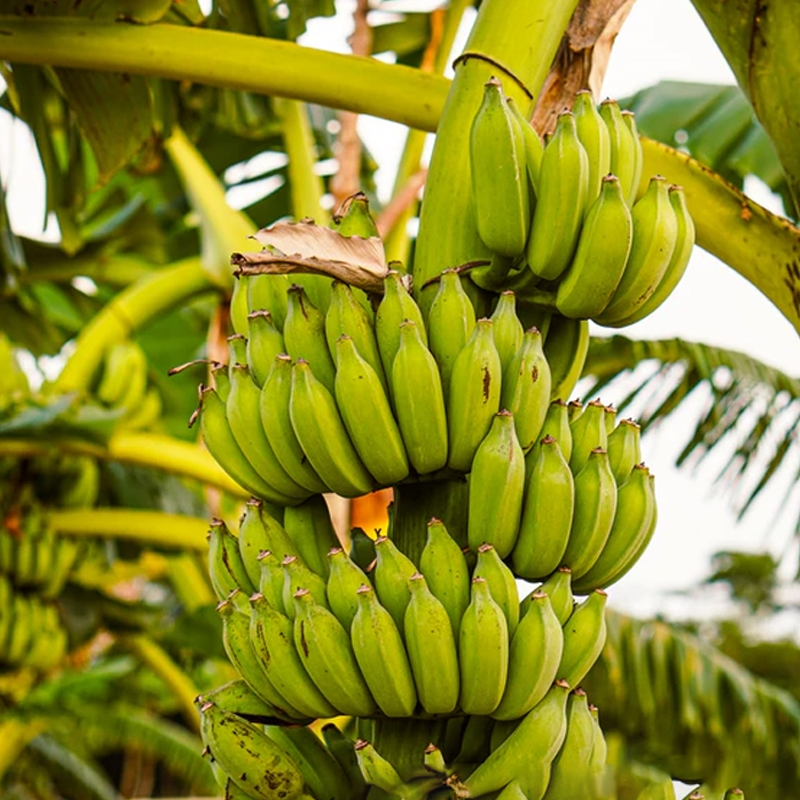


Elderberry Live Stakes
Attracts pollinators like bees and butterflies
Supports wildlife with shelter and food
Provides beautiful, decorative foliage
Thrives in
ZONE 3ZONE 4ZONE 5ZONE 6ZONE 7ZONE 8ZONE 9ZONE 10This plant ships:
Ships Now (5-7 Days)Elderberry Live Stakes - Sambucus Canadensis
Elderberry Live Stakes are perfect for wetlands, ponds, and lakeside plantings. They are also a favorite of wildlife for their rich berries high in antioxidants.
Its many uses and possibly one of the most prolific and most accessible to grow plants in the plant kingdom, the Elder Berry tree is known as Sambucus, one of nearly 25 classes of shrubs/trees found in the muscatel family, Adoxaceae. As such, the Sambucus has been re-classified many times due to genetic nuances.
While it is overwhelmingly found in the Northern Hemisphere, it likewise appears in many temperate to subtropical landscapes of Australasia and South America. Characteristics: Also known as Canadensis, the Elderberry tree can grow to heights of 7, 10, and 15 feet with a spread of 6-10 feet. However, much depends on the class of Sambucus Canadensis and its nuances with other plant species in that family.
Characteristics of the Elderberry Live Stakes
Its leaves are oval, and it blossoms off-white heads of flowers that produce a distinctive sweet fragrance. Consequently, the flowers are followed by an abundant supply of purplish-blue berries in the fall. Maturity can be reached within three to four years, depending on the species or subspecies. Soil Adaptability: Elderberry trees can tolerate and adapt to several soil types; however, they do well in the damp, rich soils surrounding swamp/marsh areas.
They resist dry drought conditions; however, adding organic matter around the root area is advisable for planting in sandy regions. They thrive in full sun or partial shade and in U.S.D.A. growing zones three or higher.
Planting Elderberry Live Stakes
As they are typically robust, fast growers, it is best to plant them in the dormant season. For the trees, at the beginning of spring, nurtured by a thorough watering schedule after the initial planting. Generally, watering should be maintained at least on a once a week basis during the first year.
The Many Uses Of Them
Landscaping: They are also pest-free and used primarily as beautiful ornaments for hedges and fences. They are well-known for their enduring strength. This, plus their natural purplish-blue beauty, makes them very appealing to homeowners, as they are easy to grow.
Culinary Purposes: The plant's white flowers are typically used to make fine liqueurs such as cordials, wine, champagne, and brandy. Elderberries are a particular favorite for baking pies, preserves, jellies, chutneys, and tea.
The fruit makes an excellent antioxidant consisting of Vitamin C and Potassium; moreover, it has also proven extremely effective as an immune system booster. Today, the tree continues to be one of the most popularly sought-after trees in the Western Hemisphere.
How long does it take to grow them
They start rooting and sprout new shoots in 4-8 weeks. It takes 1-2 years to fully grow into a mature plant if well taken care of and the environment it has been planted is favorable.
Where do they grow best?
They require well-drained soil that is moist and can grow along water sources. It also prefers direct sun to partial shade and is quite drought tolerant; it can grow in hardiness zones between 3 and 9.
Is It a tree or bush
Plants propagated from stakes are much larger and grow as thick, multiple-stemmed shrubs as compared to the trees. They grow to stand between 6 and 12 feet tall, creating thick, rigid growth that is ideal for hedgerow construction or for the provision of cover to animals.
Do they like full sun or shade?
They require full sun exposure but will perform well in shaded conditions as well. If you want them to flower and fruit well, they require at least 6 hours of sun in a day.
What is the best fertilizer for them
A fertilizer with a ratio of 10-10-10 is best for elderberry live stakes. It is used in the first half of spring to enhance growth and berry-bearing. Compost or any organic matter can also boost soil fertility.
This Is How Your Plants Will Look upon Delivery

Bloom Season
Summer
Bloom/Foliage Color
White
Height at Maturity
Under 25 Feet
Care
Elderberry bushes thrive in well-drained soil and need regular watering, especially during dry spells. Prune them in late winter to promote healthy growth and remove dead or diseased wood. Fertilize annually with a balanced fertilizer to encourage robust fruit production.
Plant Reproduction
Elderberry bush spreads via root suckers and bird-dispersed seeds.
Shipping date depends on the date displayed and chosen when you order from the product's page.
We only accept returns on plants verified dead. If you think your plants have died, we offer a 1 year warranty, please use this File a Claim Link to verify dead plants and start with return warranty process.




.png?v=1722113881643&em-origin=cdn.accentuate.io&em-format=auto)
Health Benefits:
Elderberries are known for their health benefits, including immune-boosting properties. Growing your own provides fresh, high-quality berries for use in natural remedies and health-conscious recipes.
Versatile and Attractive Elderberry Bush:
The Elderberry bush is a versatile medium-sized shrub with distinctive opposite compound leaves and clusters of tiny, creamy-white or pale pink flowers, followed by dark purple-black berries arranged in umbrella-like clusters. It adds beauty and structure to landscaping with its attractive foliage
Attracts Wildlife:
The fragrant flowers and dark berries of Elderberry bushes attract a range of wildlife, including birds and pollinators. This makes them a great choice for enhancing the biodiversity and natural appeal of your garden.
Seasonal Interest:
These bushes offer year-round interest, with striking clusters of white or cream flowers in spring, followed by dark purple berries in summer. Their foliage also provides a lush backdrop throughout the growing season.
Caring Tips
How do I care for my Elderberry Live Stakes?
Each box contains detailed care instructions and information about your product. But here's the basics.
Care Tips
Elderberry bushes thrive in well-drained soil and need regular watering, especially during dry spells. Prune them in late winter to promote healthy growth and remove dead or diseased wood. Fertilize annually with a balanced fertilizer to encourage robust fruit production.
Light Requirements
Elderberry Bush Iris thrives in full sun to partial shade. It favors illuminated, indirect sunlight but can take some shade. Confirm it gets at least 4-6 hours of sunlight daily for optimal growth and flowering.
Hardy Planting Zones
3 • 4 • 5 • 6 • 7 • 8 • 9 • 10
Header
Use this content to share information about your store and products.
Frequently Asked Questions
How often should I water my plants?
How do I know if my plant is getting too much or too little sunlight?
What should I do to prepare my plants for winter?
What are the signs that my plant needs fertilizing?
How can I prevent pests from damaging my plants?
How do I choose the right plant for my climate zone?






